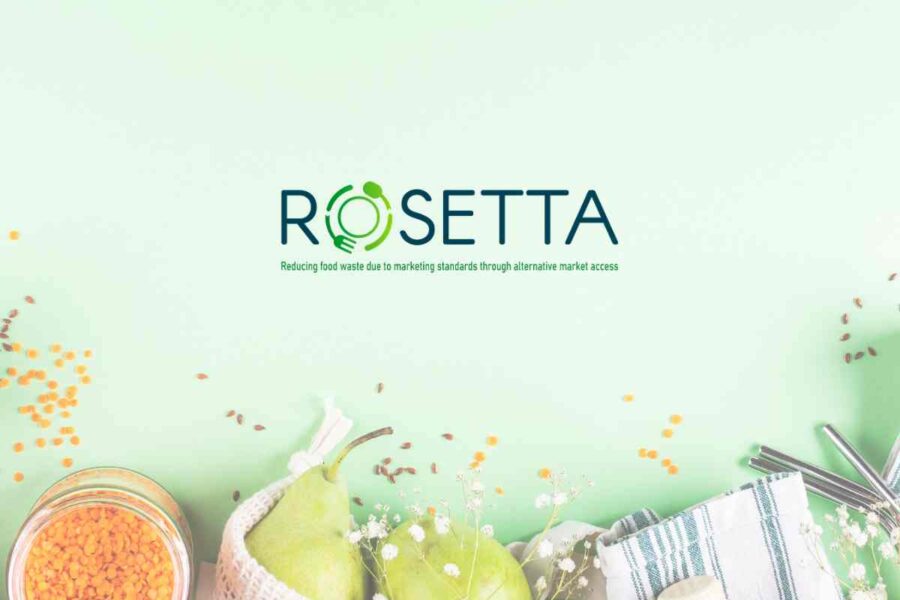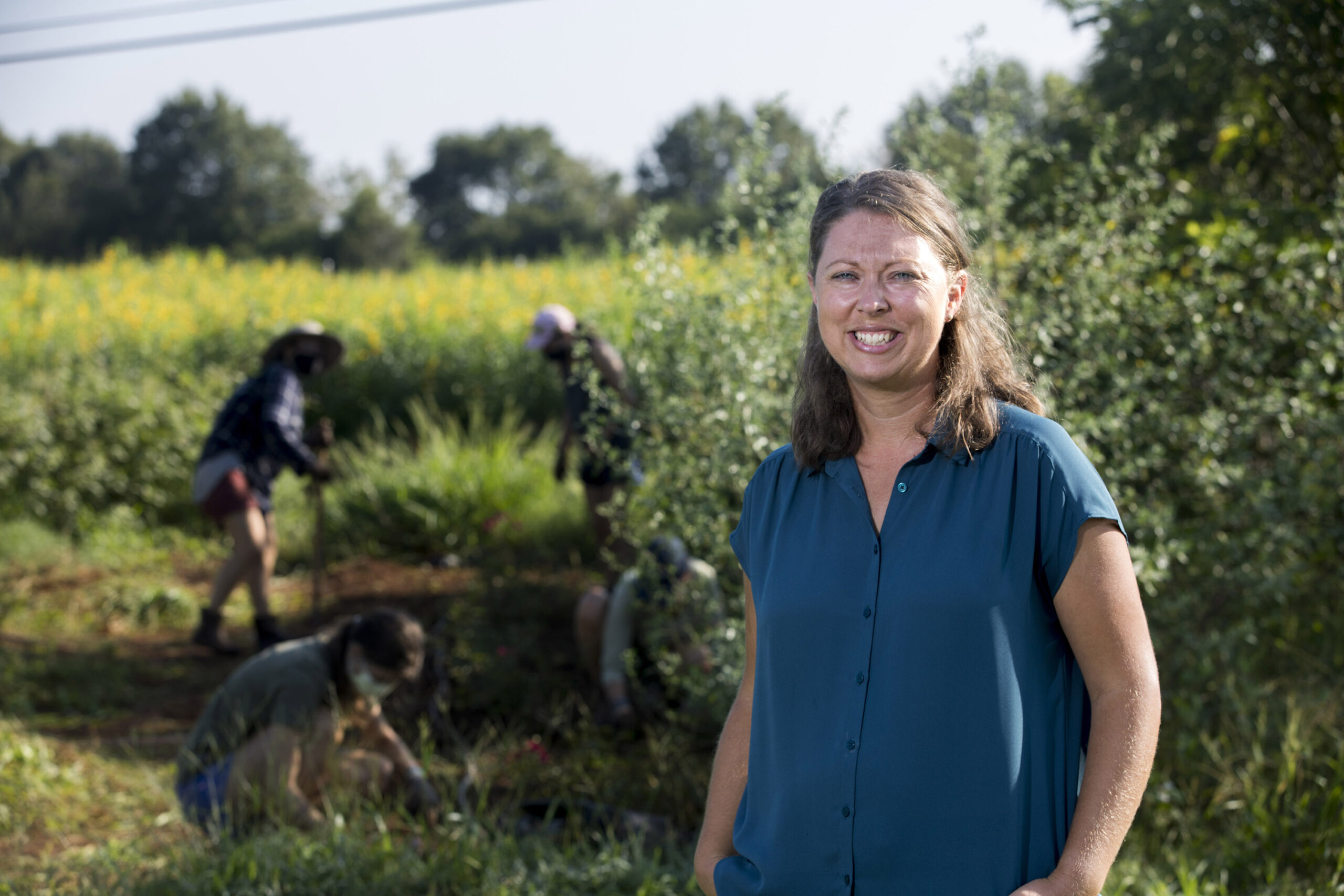Mill Food Waste Startup Advances Sustainable Development Goals Through Innovative Recycling Technology
Introduction
Mill, a food waste startup, recently achieved a significant milestone by recycling over 10 million pounds of food waste since launching its kitchen food recycler devices. This accomplishment aligns with multiple Sustainable Development Goals (SDGs), particularly SDG 12 (Responsible Consumption and Production) and SDG 13 (Climate Action), by promoting sustainable waste management and reducing greenhouse gas emissions.
Technology and Process
Mill’s 6.5-liter devices dehydrate and grind food scraps into shelf-stable food grounds. These grounds can be:
- Mixed into compost piles by users
- Collected by local haulers
- Sent back to Mill for conversion into chicken feed
This process supports SDG 2 (Zero Hunger) by contributing to sustainable agriculture and SDG 15 (Life on Land) by enhancing soil health through composting.
Life Cycle Assessment and Environmental Impact
In 2023, Mill completed its first life cycle assessment (LCA) and updated it with new operational data. Key findings include:
- An average user avoids 477 kilograms of carbon dioxide-equivalent emissions annually.
- Users offset the carbon footprint of their device within approximately one year.
- Additional source reduction efforts by customers avoided 258 kilograms of CO2e through smarter purchasing decisions.
This demonstrates Mill’s contribution to SDG 13 by mitigating climate change impacts through emission reductions.
Behavioral Change and User Impact
Mill emphasizes transforming perceptions of food scraps from waste to valuable resources, fostering behavior change aligned with SDG 12. Research indicates:
- 60.4% of users altered food utilization methods
- 49.8% changed shopping behaviors
- 46.7% improved food storage practices
These changes contribute to reducing food waste generation, supporting sustainable consumption patterns.
Market Penetration and Expansion Efforts
Currently, Mill’s customer base primarily consists of early adopters willing to invest in the $999 device. To scale impact and advance SDG 11 (Sustainable Cities and Communities), Mill is conducting pilot programs with partners such as:
- City of Phoenix
- Corporate offices including Duolingo and Vornado Realty Trust
- R.City, a composter and urban farm in Phoenix
Partnership with R.City and Operational Efficiency
Mill’s collaboration with R.City has enhanced composting program efficiency by:
- Reducing food scrap volume by approximately 80% via Mill devices
- Allowing R.City to shift from weekly to monthly pickups
- Expanding customer capacity nearly fourfold and optimizing collection routes
This partnership exemplifies circular economy principles and supports SDG 17 (Partnerships for the Goals) by fostering collaboration for sustainable development.
Conclusion
Mill’s innovative food recycling technology and strategic partnerships contribute significantly to achieving the Sustainable Development Goals by reducing food waste, lowering carbon emissions, and promoting sustainable consumption and production. The company’s ongoing efforts to broaden its reach and influence behavior change are critical to scaling these environmental and social benefits globally.
1. Sustainable Development Goals (SDGs) Addressed or Connected
- SDG 12: Responsible Consumption and Production
- The article discusses reducing food waste and promoting sustainable food consumption behaviors.
- SDG 13: Climate Action
- The article highlights the reduction of carbon dioxide-equivalent emissions through food waste recycling and source reduction.
- SDG 11: Sustainable Cities and Communities
- Partnerships with cities like Phoenix and urban composting initiatives contribute to sustainable urban waste management.
- SDG 2: Zero Hunger
- Repurposing food scraps into chicken feed and compost supports sustainable agriculture and food systems.
2. Specific Targets Under Those SDGs
- SDG 12: Responsible Consumption and Production
- Target 12.3: By 2030, halve per capita global food waste at the retail and consumer levels and reduce food losses along production and supply chains.
- SDG 13: Climate Action
- Target 13.2: Integrate climate change measures into national policies, strategies, and planning.
- SDG 11: Sustainable Cities and Communities
- Target 11.6: Reduce the adverse per capita environmental impact of cities, including by paying special attention to air quality and municipal and other waste management.
- SDG 2: Zero Hunger
- Target 2.4: Ensure sustainable food production systems and implement resilient agricultural practices.
3. Indicators Mentioned or Implied to Measure Progress
- Indicator for Target 12.3:
- Reduction in per capita food waste measured by the amount of food scraps recycled or reduced (e.g., Mill users showing a 20% decline in wasted food over months).
- Indicator for Target 13.2:
- Amount of carbon dioxide-equivalent emissions avoided annually by users (e.g., 477 kilograms CO2e avoided per user per year).
- Additional emissions avoided through source reduction (258 kilograms CO2e).
- Indicator for Target 11.6:
- Efficiency improvements in urban waste management, such as reduced pickup frequency and increased customer capacity (e.g., R.City expanding capacity nearly four times with monthly pickups).
- Indicator for Target 2.4:
- Volume of food scraps converted into agricultural inputs like chicken feed and compost.
4. Table of SDGs, Targets, and Indicators
| SDGs | Targets | Indicators |
|---|---|---|
| SDG 12: Responsible Consumption and Production | Target 12.3: Halve per capita global food waste by 2030 | Reduction in food waste per user (20% decline in wasted food); amount of food scraps recycled (10 million pounds recycled) |
| SDG 13: Climate Action | Target 13.2: Integrate climate change measures into policies and planning | CO2e emissions avoided per user annually (477 kg); additional emissions avoided through source reduction (258 kg CO2e) |
| SDG 11: Sustainable Cities and Communities | Target 11.6: Reduce environmental impact of cities including waste management | Increased efficiency in waste collection (monthly pickups vs. weekly); expanded customer capacity (4x increase) |
| SDG 2: Zero Hunger | Target 2.4: Ensure sustainable food production systems | Volume of food scraps converted into chicken feed and compost; reuse of food grounds as agricultural inputs |
Source: wastedive.com







